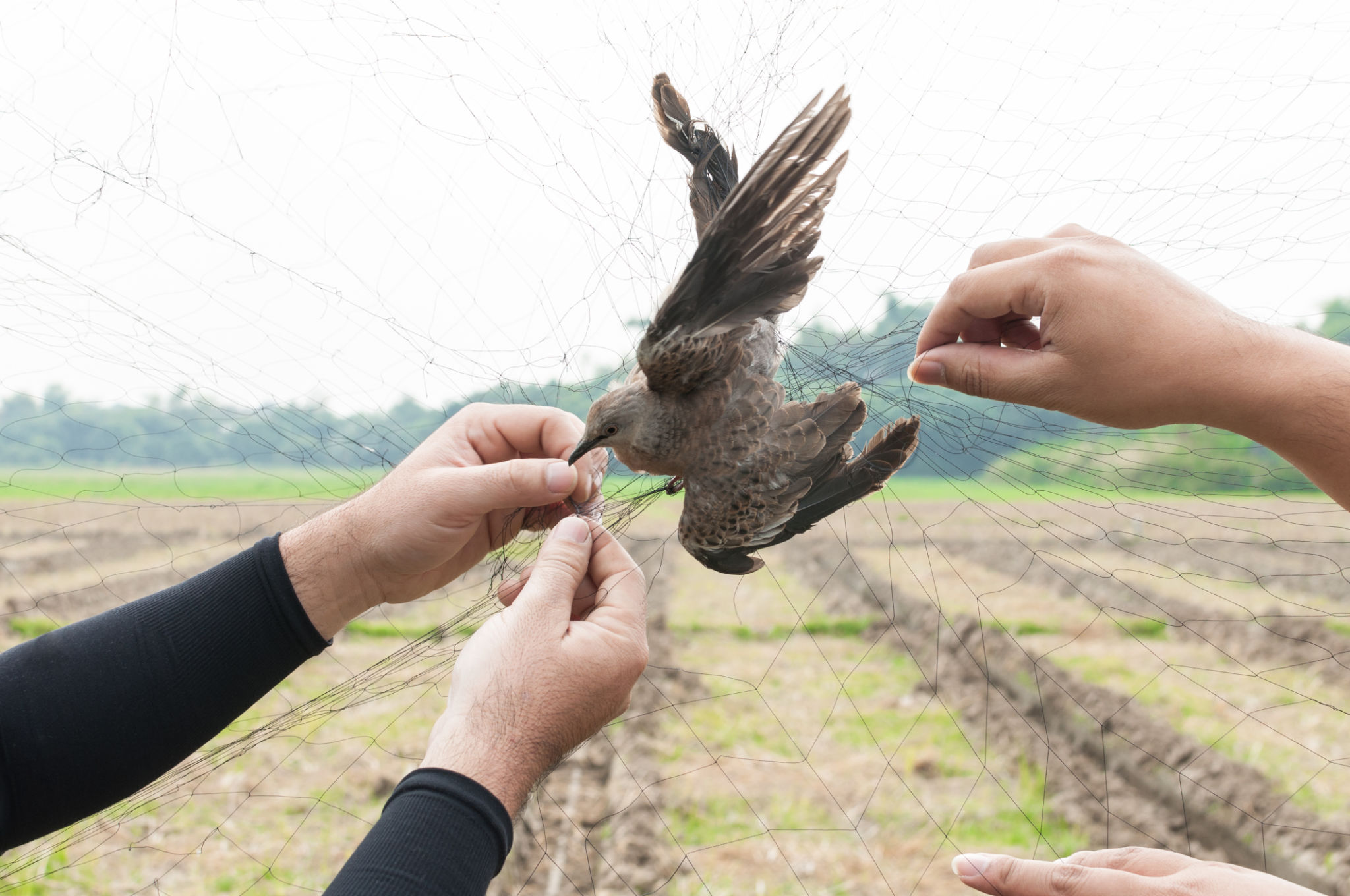Myth-Busting: Common Misconceptions About Bird Flight Diverters
Understanding Bird Flight Diverters
Bird flight diverters are essential tools used to mitigate bird collisions with power lines. These devices are designed to be visible to birds, helping them navigate safely around obstacles. Despite their importance, several misconceptions surround their effectiveness and usage. In this post, we aim to dispel some of these myths and provide a clearer understanding of bird flight diverters.

Myth 1: Bird Flight Diverters Are Ineffective
A common myth is that bird flight diverters do not work. However, studies have shown that these devices can reduce bird collisions by up to 90%. The key is in their design, which enhances visibility, especially under low-light conditions. By using reflective or glow-in-the-dark materials, diverters alert birds to the presence of power lines, allowing them to adjust their flight path accordingly.
It's important to note that the effectiveness of diverters can vary depending on factors such as location and bird species. Therefore, proper assessment and tailored design are crucial for maximizing their impact.
Myth 2: All Birds Can Easily See Diverters
Another misconception is that all birds can see flight diverters equally well. While many species benefit from these devices, some birds have limited color vision and may not perceive them as effectively. Diverters are most successful when designed with patterns and colors that contrast with the environment, increasing visibility for a wider range of species.

Myth 3: Diverters Are Harmful To Power Lines
Some believe that attaching diverters to power lines might damage the infrastructure or disrupt electricity flow. In reality, bird flight diverters are lightweight and specifically engineered to be safe for both the power lines and the environment. They are designed to withstand harsh weather conditions without compromising their functionality or the integrity of the power lines.
Utility companies often work closely with environmental experts to ensure that diverters are installed correctly and safely, further mitigating any potential risks.
Myth 4: Bird Flight Diverters Are Expensive
The cost of implementing bird flight diverters is frequently exaggerated. While there is an initial investment required for installation, the long-term benefits far outweigh the costs. By reducing bird collisions, companies can avoid the financial implications associated with damage repairs and service disruptions. Moreover, protecting bird populations contributes positively to biodiversity conservation efforts.

Myth 5: Diverters Are Only Necessary in Certain Areas
It's a common belief that bird flight diverters are only needed in areas where bird collisions have been documented. However, birds migrate and their flight patterns can change over time. Installing diverters proactively in regions with high bird activity or near migratory routes can prevent potential collisions before they become a problem.
By understanding these misconceptions and the real benefits of bird flight diverters, utility companies and conservationists can work together more effectively. This collaboration is essential for protecting both avian wildlife and maintaining reliable power services.